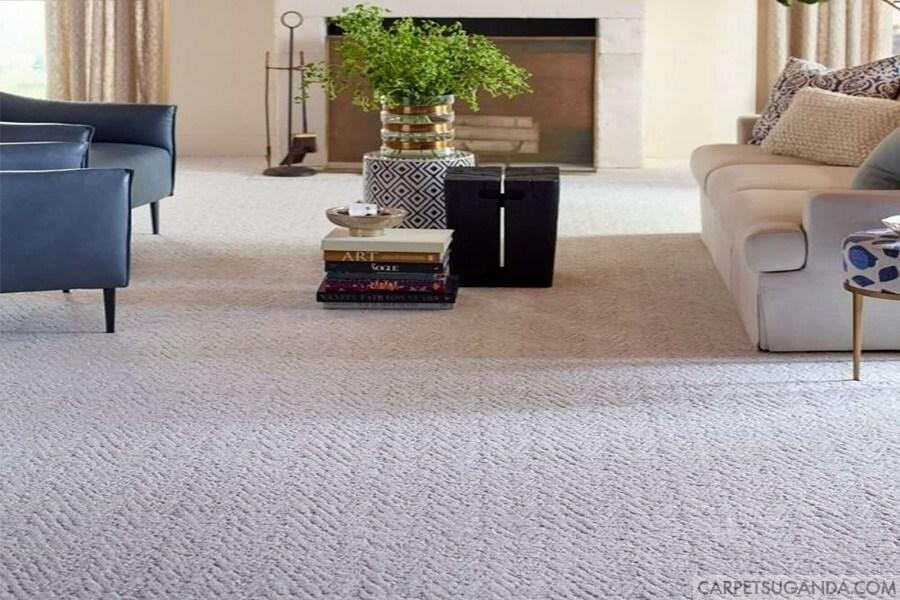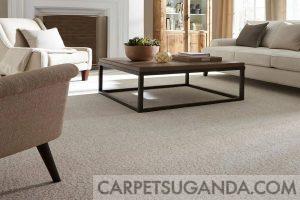
Carpets and rugs come in a wide range of materials, each with its own unique features and benefits. Choosing the right material for your carpet or rug can make a significant difference in the durability, comfort, and appearance of your flooring. In this blog post, we’ll take a closer look at the most common materials used in carpets and rugs, their pros and cons, and how to choose the best option for your home.
- Wool Wool is one of the most popular materials used in carpets and rugs. It’s naturally soft, warm, and durable, making it ideal for high-traffic areas in the home. Wool carpets and rugs are also great for insulation, keeping your home warm in winter and cool in summer. Additionally, wool is naturally flame-resistant, making it a safer option for your home.
- Nylon Nylon is a synthetic material commonly used in carpets and rugs. It’s known for its durability, resistance to staining, and easy maintenance. Nylon carpets and rugs are also available in a wide range of colors and patterns, making it easy to find a style that fits your home decor.
- Polyester Polyester is another synthetic material commonly used in carpets and rugs. It’s known for its softness, resistance to staining, and affordability. Polyester carpets and rugs are also available in a wide range of colors and patterns, making it easy to find a style that fits your home decor.
- Jute Jute is a natural fiber that’s becoming increasingly popular in carpets and rugs. It’s known for its sustainability, as it’s a fast-growing crop that requires little water or fertilizer to grow. Jute carpets and rugs are also naturally anti-static, making them a good option for homes with electronics.
- Sisal Sisal is another natural fiber that’s commonly used in carpets and rugs. It’s known for its durability and resistance to staining, making it a good option for high-traffic areas in the home. Sisal carpets and rugs are also available in a wide range of colors and patterns, making it easy to find a style that fits your home decor.




